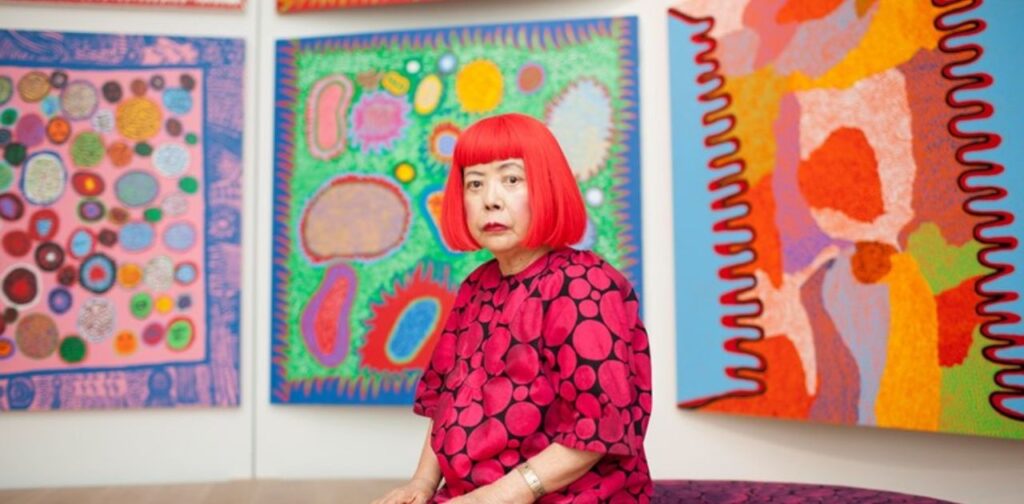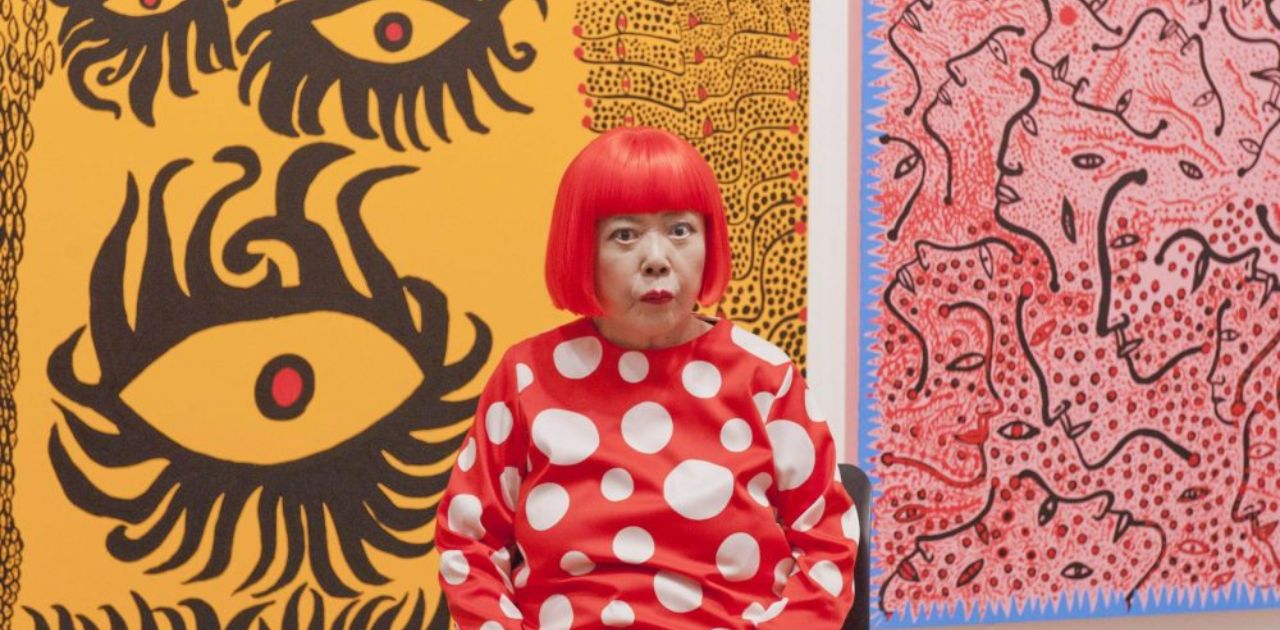Yayoi Kusama is a world-renowned Japanese artist whose iconic polka dot artworks and immersive installations have earned her critical acclaim and institutional recognition. However, one name that has been consistently linked to Kusama’s is Isao Takakura.
Their affiliation has piqued curiosity, as Takakura is known to be Kusama’s son, yet little is publicly revealed about their relationship dynamic or Takakura’s father. Despite the mystery surrounding these personal details, it is evident that Takakura plays a crucial role in his mother’s artistic practice and business affairs.
As Kusama’s close collaborator, installing her artworks and managing her entrepreneurial endeavors, Isao Takakura’s multifaceted involvement with the 94-year-old avant-garde visionary has positioned him as an integral part of her boundary-pushing oeuvre that defies conventions of art, psychology, and feminism.
Who is Isao Takakura?
Isao Takakura is an elusive figure, known primarily for his affiliation with his mother, the renowned Japanese artist Yayoi Kusama. As her son, Takakura has played a pivotal role in her artistic pursuits, serving as her right-hand man in the installation and management of her groundbreaking artworks. Their professional collaboration extends beyond the realm of art, with Takakura also acting as Kusama’s business partner, overseeing the commercial aspects of her prolific career.
Despite his close involvement in his mother’s life and work, little is known about Takakura’s personal life or background, as both he and Kusama have remained tight-lipped about the identity of his father. This air of mystery has fueled speculation and curiosity among art enthusiasts and the public alike, adding an intriguing layer to their already fascinating dynamic.
Takakura’s decision to maintain a low profile and shun the media spotlight is a stark contrast to his mother’s flamboyant persona and global fame. While Kusama has been celebrated for her fearless self-expression and boundary-pushing art, Takakura has chosen to operate behind the scenes, quietly supporting and facilitating his mother’s vision. This deliberate obscurity has only heightened the intrigue surrounding his role, leaving many to wonder about the depth of his involvement and the nature of his relationship with the trailblazing artist who brought him into the world.
Who is Isao Takakura’s mother, Yayoi Kusama?

Yayoi Kusama, the matriarch of the avant-garde art world, is a force to be reckoned with. Born on March 22, 1929, in Matsumoto, Japan, Kusama’s life has been a whirlwind of creativity, psychological turmoil, and unwavering determination. Her artistic prowess spans a diverse range of mediums, from paintings and sculptures to installations, video art, poetry, and even fashion design. However, it is her iconic polka dot motif that has become her signature, a visual language that transcends cultural boundaries and speaks to the universal human experience.
Kusama’s art is deeply rooted in her tumultuous childhood, marked by abuse and trauma. She has been candid about her struggles with mental illness, crediting her artistic practice as a lifeline that prevented her from succumbing to suicidal ideation.
Kusama’s aversion to sex is another facet of her complex psyche, stemming from the indelible memories of witnessing her father’s infidelities – experiences that her mother cruelly forced her to confront. Despite these harrowing experiences, Kusama has channeled her pain into her work, creating art that is both viscerally captivating and profoundly introspective.
Art Works
Yayoi Kusama’s artistic oeuvre is a testament to her boundless creativity and unyielding spirit. Her works have transcended the confines of traditional art, spilling into the realm of immersive experiences that challenge the viewer’s perception of reality. Kusama’s polka dot installations, such as the iconic “Infinity Mirrored Room,” are mesmerizing labyrinths of light, color, and reflection, inviting audiences to lose themselves in a kaleidoscopic wonderland of her making.
Kusama’s accolades are as numerous as her artistic accomplishments. She has been the recipient of prestigious awards, including the Asahi Prize, the Ordre des Arts et des Lettres, and the National Lifetime Achievement Award from the Order of the Rising Sun. In 2006, she became the first Japanese woman to be honored with the Praemium Imperiale, one of Japan’s highest honors for international artists, solidifying her place as a trailblazer and cultural icon.
Where is Isao Takakura?
Despite his pivotal role in his mother’s life and work, Isao Takakura remains an enigmatic figure, shrouded in mystery and privacy. Attempts to uncover details about his personal life or whereabouts have proven futile, as he appears to have no active social media presence or public footprint. This deliberate invisibility only adds to the intrigue surrounding his relationship with Yayoi Kusama and the nature of his involvement in her artistic endeavors.
While Kusama herself resides in a mental health institute in Japan, where she has made her home for decades, she is regularly granted access to her studio, allowing her to continue creating and nurturing her artistic vision. It is in this space that one can imagine Takakura playing a pivotal role, working alongside his mother to bring her audacious ideas to life and ensuring the seamless execution of her complex installations.
Though little is known about Takakura’s personal circumstances, such as whether he is married or has children of his own, his unwavering dedication to his mother’s legacy is undeniable. As Kusama’s closest collaborator and confidant, Takakura’s presence is felt in every aspect of her work, even if he chooses to remain behind the scenes, content to let his mother’s brilliance take center stage.
Conclusion
In the kaleidoscopic world of Yayoi Kusama, where reality bends and polka dots reign supreme, the presence of her son, Isao Takakura, remains a tantalizing enigma. Their affiliation, at once personal and professional, has captivated the art world, leaving many to wonder about the depths of their relationship and the role Takakura plays in his mother’s groundbreaking oeuvre.
While Kusama has fearlessly bared her soul through her art, addressing themes of trauma, mental illness, and sexuality, Takakura has chosen to operate in the shadows, shunning the spotlight and allowing his mother’s brilliance to shine. Yet, his quiet dedication and steadfast support have been instrumental in bringing Kusama’s audacious visions to life, from the installation of her immersive environments to the management of her business affairs.
Also read more: Jules Ari











